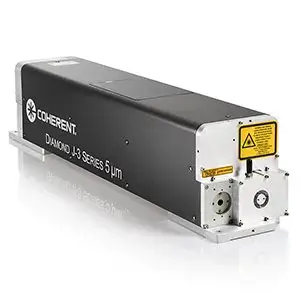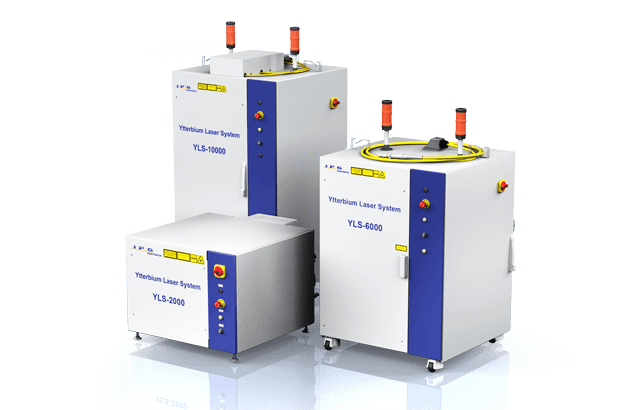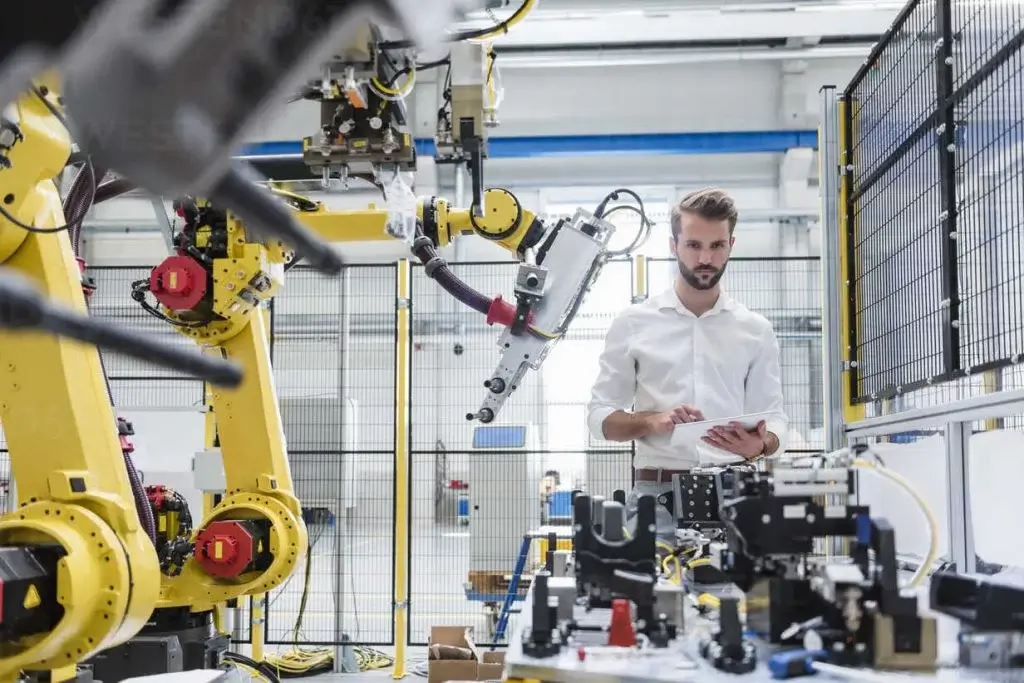What is laser welding?
Laser welding belongs to the most modern welding methods, it is a competition for advanced welding processes, among others electron welding. The welding process is characterized by very high efficiency and the ability to combine the most diverse shapes in all welding positions, which increases the efficiency of production processes.
The laser welding process consists in fusing the area of contact of the joined objects with the heat obtained as a result of the addition of a concentrated coherent beam of very high power density to this area.
How can you weld with a laser?
Welding can be done by:
- Creation of a weld pool
- With full re-melting of the joint in one pass or in multiple layers without or with additional material.
The very high power densities of the laser beam ensure that the linear energies of the welding are very small that are required to melt the joint, and the SWC and the melting zone are very narrow.
The joint deformation is so small that no mechanical machining is required after welding. The laser is a light amplification by means of forced radiation emission.
What are the basic parameters of laser welding?
Parameters of laser welding:
- The power of the continuous laser light beam in [kW],
- The energy of the laser light pulse in [kJ], its duration in [ms] and the repetition frequency in pulse welding in [Hz],
- Welding speed in [m / min]
- Length of the laser beam focus in [mm],
- The average laser beam in [mm],
- Location of the laser beam focus relative to the connector in [mm]
- Type and flow rate of shielding gas in l / min.
Basic terms related to laser welding
- Beam power – The duration of the laser beam affects the depth of the joint re-melting. Exceeding a certain amount of power for a given type of material to be welded and thickness initially causes blisters to form in the weld, followed by concavities and unevenness of the face, until the metal spills out of the loop.
- Welding speed – An increase in welding speed, with constant beam power, causes the penetration depth to decrease. At the same time, the joint becomes narrower and the contour of the fusion line changes from oval to mossy. At excessive welding speed, the metal melts and solidifies too quickly and does not melt and melt. Too low welding speed causes the joint width to increase significantly, the SWC increases, and at the same time, porosity may occur, similar to the excessive power of the laser beam.
- Beam of laser light – It must be focused to a small diameter using special optical systems in order to obtain the high power density required in the laser welding process. These diameters range from 0.04-2.0 [mm].
- The average beam is about 0.3-0.4 [mm] (Cassegrain telescope).
- Beam focal length – The depth of the laser beam focal length is in turn proportional to the length of the focus. The length of the focal point of 38-75 [mm] provides greater depth of penetration depends largely on the accuracy of maintaining the focus of the focus.
- Increasing the beam length 125-2500 [mm] allows for greater tolerance of the laser beam guide system along the welding line and a change in the distance between the nozzle and the workpiece.
In welding, two types of lasers are most commonly used:
- pulsed lasers with a crystalline active element (YAG: Nd, glass: Nd)
- molecular CO2 lasers with continuous emission.
The laser beam passing from the laser to the workpiece through the iris system of mirrors and optical elements is focused in the welding area. The beam of laser light falling on the surface of the metal undergoes an intensive reflection depending on the type of metal and its surface condition.
The effectiveness of laser welding depends mainly on the absorption of energy of the laser beam over the surface of the workpiece. Therefore, an important problem when welding is the proper preparation of the surface by matting or blackening. Welds made with a continuous emission laser do not differ from welds made with an electron beam, whereas impulse laser welds consist of a set of partially overlapping point welds corresponding to individual impulses. When welding thin sheets <3 [mm] from low carbon steel due to high welding speeds and short weld metal residence time in oxidation temperatures, it is possible to dispense with the cover
In the case of welding reactive materials, it is necessary to use a gas shield with an inert gas of the weld pool as well as the ridge of the connector. Laser welding can take place with or without the addition of a binder, in one pass or in multiple layers.
Laser welding allows the combining at comparable or higher quality all metals, which are joined by means of electron welding.
What gases do we use in laser welding?
1. He (Helium)
Benefits
- Excellent protection against oxidation of chromium-nickel steels and alloys based on nickel and titanium
- High ionization energy
- Controlling the plasma created in the capillary
- High smoothness and uniformity of welds.
Disadvantages
- Large cost
2. Ar (Argon)
Benefits
- Perfect protection against oxidation of chromium-nickel steels and alloys based on nickel and titanium
- Moderate cost
Disadvantages
- Using a nozzle with a diameter of 1.5-2.5 mm, thereby increasing the speed of gas outflow
- Poor nozzle setting relative to the radius results in an uneven and rough weld
- An excessive amount of plasma can make it difficult to get a deep re-melting.
3. N (Nitrogen)
Benefits
- At high welding speeds, deeper penetration can be achieved than with helium
- Low cost
Disadvantages
- Using a nozzle with a diameter of 1.5-2.5 mm, thereby increasing the speed of gas outflow
- The joint is sometimes uneven
4. CO₂ (Carbon dioxide)
Benefits
- Equal and smooth weld surface
- Good results when welding low-carbon steels
- Low cost
Benefits
- Equal and smooth weld surface
- Good results when welding low-carbon steels
- Low cost
What are the main advantages of laser welding?
- High power density
- Small distortions
- Narrow joint
- Narrow SWC
- High process speed
- Does not require a binder
- Welding with high precision
- High process purity
- The ability to combine hard-to-weld materials
- Easy automation
Conclusion
Laser welding is used for welding a very large range of materials such as structural steels, alloy steels, duplex, Cr / Ni, high-strength low-alloy steels, carbon steels, refractory metals, chemically active metals, aluminum, titanium, nickel and magnesium.
The fundamental problem that should be taken into account when choosing laser technologies is metallurgical processes which are characterized by local very strong and short-term heating> 10,000 ° C / sec, and then very fast cooling. These phenomena often cause obstructions and cracks.
Conclusions
Therefore, in the case of welding materials that are prone to the formation of quenching structures and porosity, it is necessary to provide such treatments as pre-heating or annealing after welding. Laser welding is a high-throughput method in high-volume, automated or robotic production, and especially for joining small, thin-walled elements, where the advantages of this method are being used more and more fully.
Design your laser process with RMA
Contact us directly at sales@myrma.eu or fill out the contact form.




